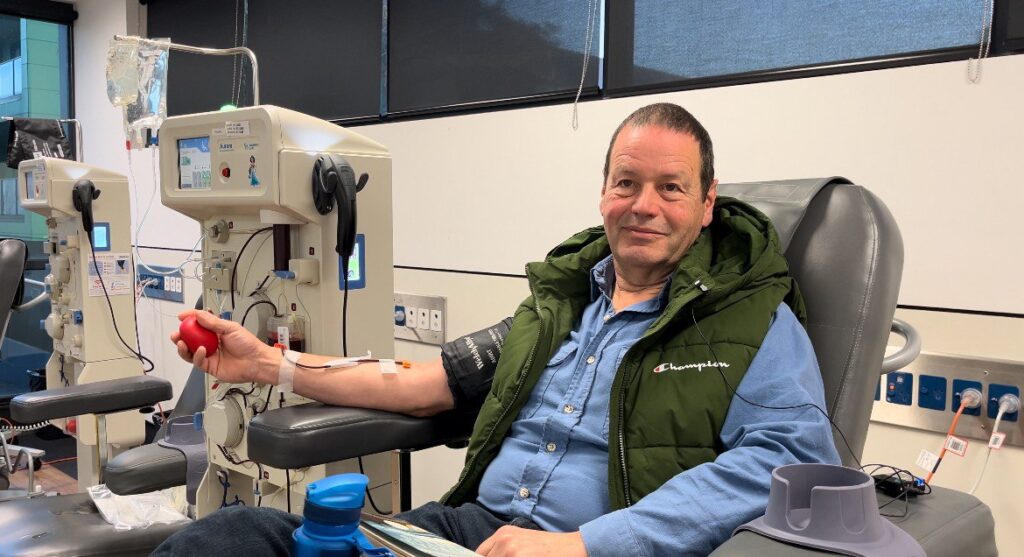
New research published in the Australian Journal of General Practice underscores the pivotal role of general practitioners (GPs) in directing individuals with haemochromatosis to donate their blood, thereby transforming a routine medical procedure into a lifesaving act. Haemochromatosis, a common condition characterized by iron overload, is typically managed through venesection, or regular blood removal. When patients are referred to Australian Red Cross Lifeblood, their treatment not only addresses their health needs but also contributes to the national blood supply.
The study surveyed over 4,300 individuals with haemochromatosis and found that nearly half (48.3%) of those who donated blood at Lifeblood did so because of their GP’s recommendation. Additionally, a significant 62.5% of respondents were motivated by the knowledge that their blood donations would help others, highlighting the critical role of GP communication in this process.
The Current Challenge: Discarded Blood Donations
Despite the potential for these donations to save lives, Lifeblood reported last year that approximately 73,000 bags of blood are discarded annually. This is largely because up to two-thirds of therapeutic venesections for hereditary haemochromatosis in Australia occur outside of Lifeblood centers. The collaboration between Lifeblood, Hemochromatosis Australia, and the Royal Australian College of General Practitioners (RACGP) has led to a notable increase in donations, with 2,500 additional donations resulting in 7,500 more lives saved.
Expert Insights and GP Involvement
Dr. Peter Bentley, the lead author of the study and Senior Medical Officer at Lifeblood, emphasized the importance of GP involvement. “GPs are not just treating iron overload – they’re empowering patients to contribute to the national blood supply, with demand at a 12-year high across Australia,” Dr. Bentley stated. He noted that many GPs might be unaware that 87% of therapeutic donations at Lifeblood are used for clinical products, provided the donor meets all eligibility criteria.
“We believe many GPs remain unaware that referring therapeutic donors to Lifeblood is not only possible but highly desirable,” Dr. Bentley added.
The study further revealed that 74.4% of donors reported no difficulty in being referred to Lifeblood by their GP. However, some patients indicated that their doctors faced challenges due to a lack of awareness about the referral process and the necessary information.
Improving Referral Processes and GP Awareness
Efforts are underway to enhance the referral process. “We’ve made significant improvements to the High Ferritin App and referral pathways, but awareness remains a barrier,” Dr. Bentley explained. Focus groups with GPs are being conducted to refine the referral form and clarify the required information.
RACGP Vice President Dr. Ramya Raman urged GPs to discuss the benefits of donating through Lifeblood with patients living with haemochromatosis. “It’s profound to have something as important as blood donation be part of how you provide care,” she said. Dr. Raman highlighted the ease of using the High Ferritin App for referrals, which simplifies the process to a few questions about a patient’s health and history.
“For patients, treating haemochromatosis by donating blood means their treatment can be easier, free, and truly rewarding,” Dr. Raman noted.
Looking Ahead: Expanding Eligibility and Future Steps
Lifeblood has recently expanded donation eligibility, allowing many cancer survivors and men who have sex with men to donate. This expansion presents an opportune moment for GPs to reassess their management of iron overload in patients. “It’s a win-win – patients receive essential treatment, and their donations help others,” Dr. Raman concluded.
For more information on referring patients using the High Ferritin App, GPs and other healthcare professionals can visit highferritin.transfusion.com.au.







